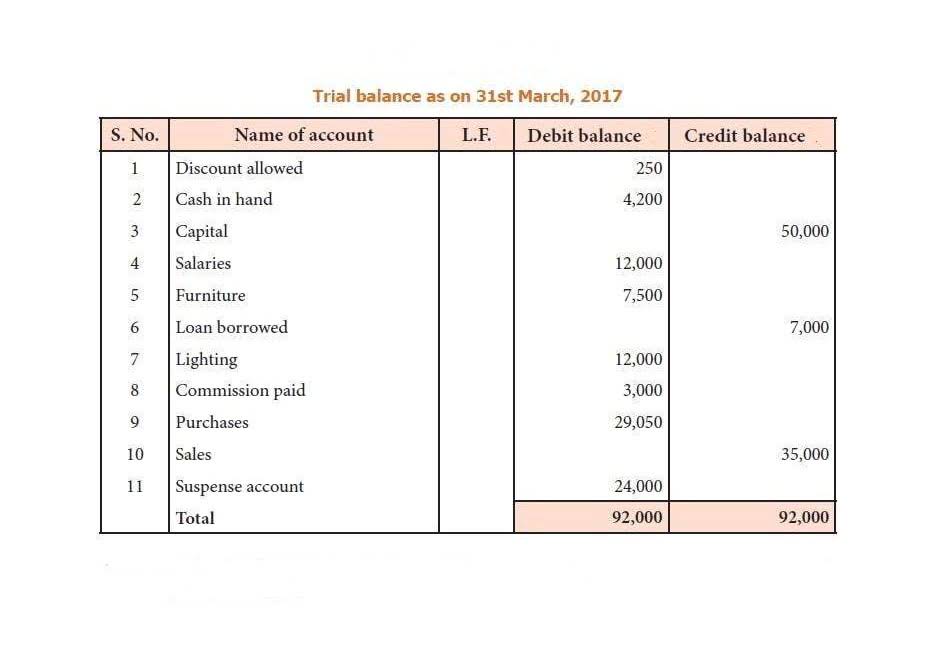Blog
How To Calculate Payroll Hours: A Comprehensive Guide
- March 23, 2022
- Posted by: administratoir
- Category: Bookkeeping

To ensure that your employees are getting the accurate and up-to-date salary they deserve, use Compensation Software. It features vast market data and options to modify job pricing factors to strengthen your company’s pay processes. Semi-monthly pay is a salary period where employees are paid twice a month. Payments are made on specific days of the month, usually on the first and 15th or the 15th and the last day of the month. According to BLS Current Employment Statistics, 19.8% of businesses and establishments use semi-monthly salary schedules in 2023.
Step 6: Calculate Overtime Hours
If you find that you’re underpaid, you can ask for a raise or promotion or seek a higher-paying position. Chances are good that your paycheck will be wrong at some point in your career. All about how to manage business workflow with top strategies and methods. I will provide you with many useful insights to help simplify even the most complex w… If you have more than 10 employees, you should probably think about other solutions, as this one will have you spending a lot of time doing administrative work (and math).

Small Business Owners: Optimize Your Taxes with a Mid-Year Check-In
Payroll is not easy to manage, especially when it comes to determining the number of hours worked by the employees. Have you ever petty cash asked yourself whether you are getting it right when it comes to dealing with hourly employees or even when calculating overtime? It is important to know how to calculate payroll hours properly. If you’re processing payroll for the first time ever, you may be wondering how to add up hours worked by hand. Here’s the step-by-step method for how to manually calculate hours worked.
Finally, Calculate Payroll
However, they’re not the only factors that count when calculating your paycheck. There are 2 formulas for deriving payroll hours respectively for gross pay and net pay. Using the example from the last step, you’d subtract a one-hour lunch break from the total calculated. These reports are crucial for transparency and record-keeping. Subtract any deductions from the total number of hours worked.

Assess the cost and affordability of each potential time tracking method. Look at the pricing structure — whether it’s a one-time purchase, Accounting for Marketing Agencies subscription-based, or offers a free version — and consider the long-term cost implications for your business. Also, take into account any additional fees, such as those tied to support, upgrades, or integrations. Like we said earlier, it’s important to choose a time tracking method that makes the most sense for your business needs.

Remember, overtime calculation methods may vary based on specific labor laws and company policies. Always ensure you are familiar with the regulations applicable to your jurisdiction and consult any relevant policies or agreements. To figure out the number of overtime hours, simply subtract the overtime threshold (i.e., 40 hours) from the total hours worked. For example, some states mandate that time and a half is paid after eight hours are worked in a single day. Other states mandate double pay as the rate of pay for overtime. A more convenient option for tracking hours worked is time clock software.

This is why robust time-tracking measures are key for accurate and unbiased payroll calculations. Using Toggl Track will help your employees keep accurate records of their worked hours and save you tons of time, as it automatically calculates your payroll hours and payments. Sign up for Toggl Track for free today and see how it can help you improve your payroll.

- Once you’re finished entering the data, you can print your time card and give it to your manager.
- Next, you’ll want to add up the total hours worked during the designated period (i.e., a workweek).
- For illustration, Clockify lets you and your team enter all your weekly time in a timesheet and review the total hours in Reports.
- A financial advisor can help you understand how taxes fit into a set of financial goals.
- That’s because alternative work schedules are often compressed, allowing for shifts that exceed more than eight hours with fewer workdays.
- Evaluate whether the time tracking method you select integrates well with your existing business systems or tools.
- Ensure any absence or overtime was approved, and if not, follow up with the employee or supervisor to establish the reason and confirm it isn’t a mistake.
Most time-tracking software (including Toggl Track) automatically calculates payroll hours, so there’s no need for manual calculations. Tracked hours are also loaded onto the timesheet automatically, making checking hours easier and eliminating the chance of payroll errors. To remain compliant, familiarize yourself with state and federal labor laws regarding wages, overtime, and breaks. Use tools such as time tracking and payroll to help in the compliance with these regulations.
- Plus, don’t forget that calculating payroll times this way is time-consuming.
- Modern businesses mainly lay their dependency on automated payroll software, which not only speeds up the process but also reduces the risk of mistakes.
- FICA contributions are shared between the employee and the employer.
- It provides ease in building pay systems and forecasting costs while remaining equitable of your employee’s compensation.
- Establish an audit frequency and focus on a detailed review process and documentation of the audit’s findings.
Start time tracking and more today – sign up and use for free. Think of payroll software as your digital HR assistant that handles the hard part of employee compensation. While I’ve found EARLY excellent for time tracking, it works best when integrated with dedicated payroll platforms. When employees work in an organization, there are instances when employees work extra or do overtime and sometimes they take long breaks or leave early. how much is overtime pay In all these cases, payroll hour calculation must be done carefully to compensate the employee fairly. Setting clear policies for tracking payroll hours is always a good practice to avoid discrepancies and disputes, and ensure compliance with legal standards.
